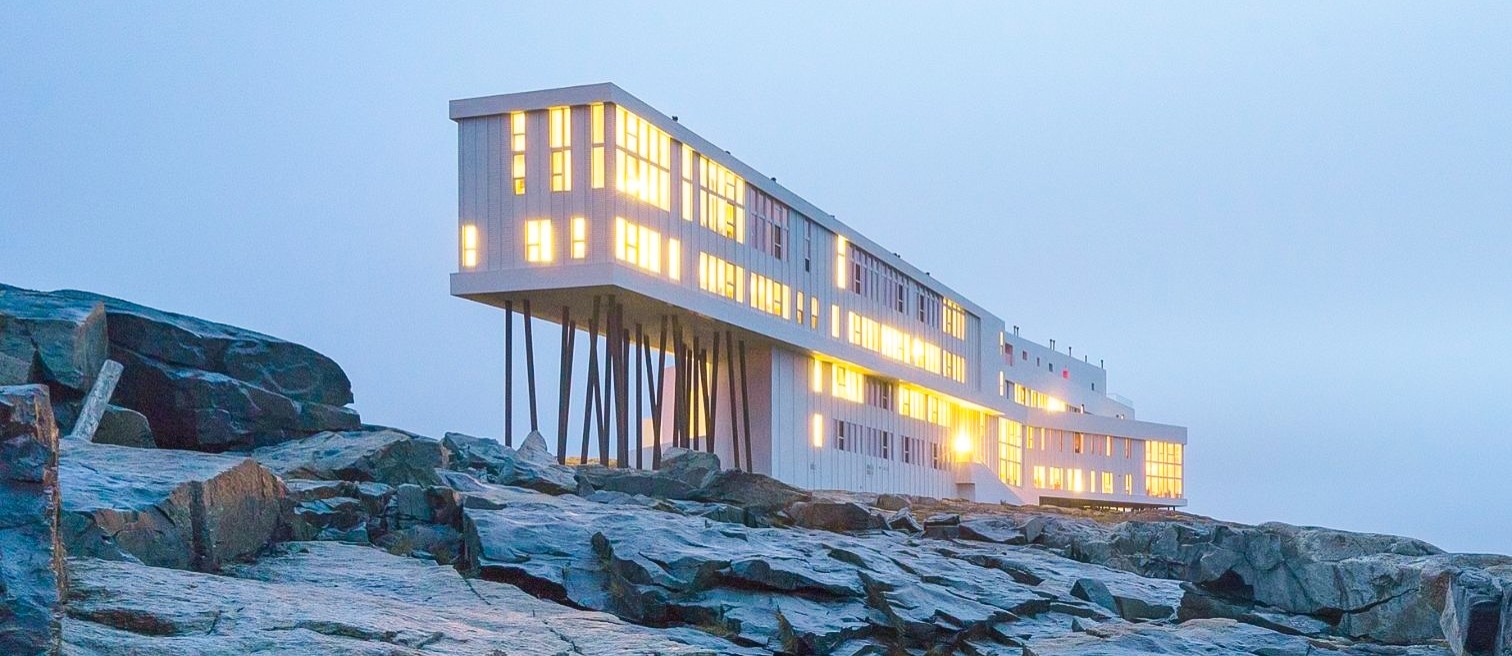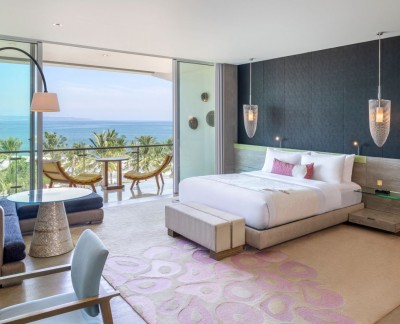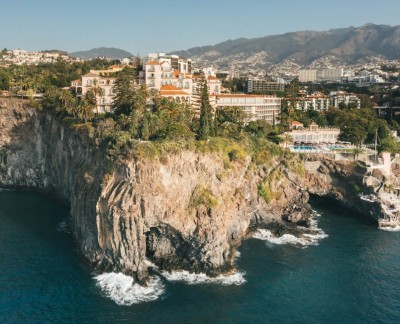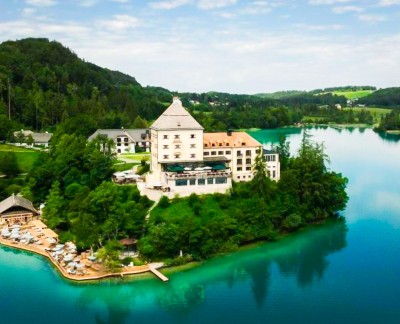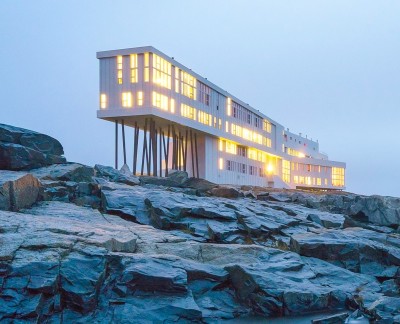At one of the four corners of the globe, this jewel of hospitality, surrounded by the waters of the Atlantic Ocean, engages the local community of fishermen and offers guests an unparalleled experience. Pure flavors and wild nature, in a place where time seems to have stood still.
Cover photo: @Alex Fradkin
Photos in the article by Kaja Sajovic and the property
The Island
"Come from Away" is a term Newfoundlanders use to describe anyone who was not born in this North-Eastern Canadian province. On Fogo Island that term applies to an even narrower circle.
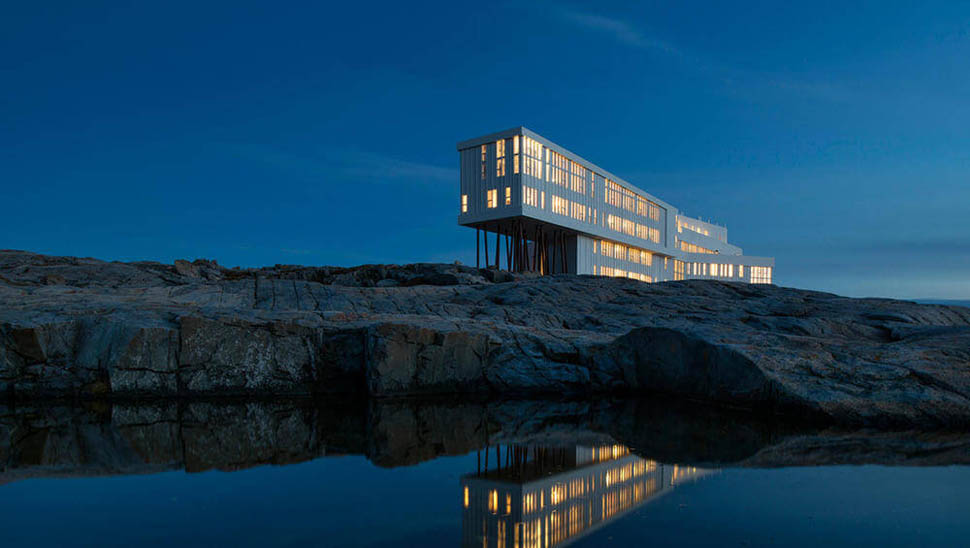
It’s an island off the coast of an island, a tiny world of its own, several hours’ drive and an unpredictable ferry ride away, built on fishery - and almost extinct with the decline of it. People here are people of the sea. Cod and crab folk. Hardened fishermen with a singing accent with some old Irish mixed in.
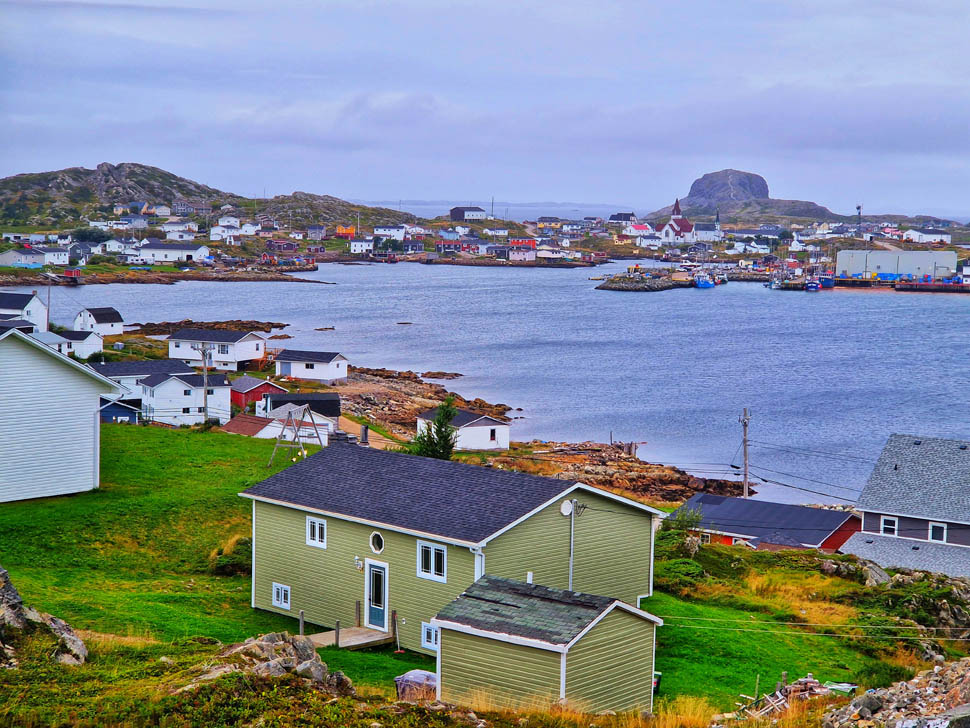
People from small communities with colorful wooden houses scattered along the bay and red fishing stages with white dots painted on the door, dots that would shine bright in the moonlight and show the way to the sea back in the days when they still had no electricity on the island. Some fishing stages where they would process the cod are now crumbling wobbly shacks, just waiting for the next snowstorm or hurricane to turn them into driftwood. Others are brand new, freshly painted, keeping the traditions alive.

No one knew Fogo or heard of it, apart from mentions in some obscure old fishing and boating records – until a decade ago when the island was revived with the Fogo Island Inn and artists’ studios, part of the Shorefast initiative, created by a local entrepreneur Zita Cobb to give back to the community where she was raised and where she returned to after making it big in The Silicon Valley.
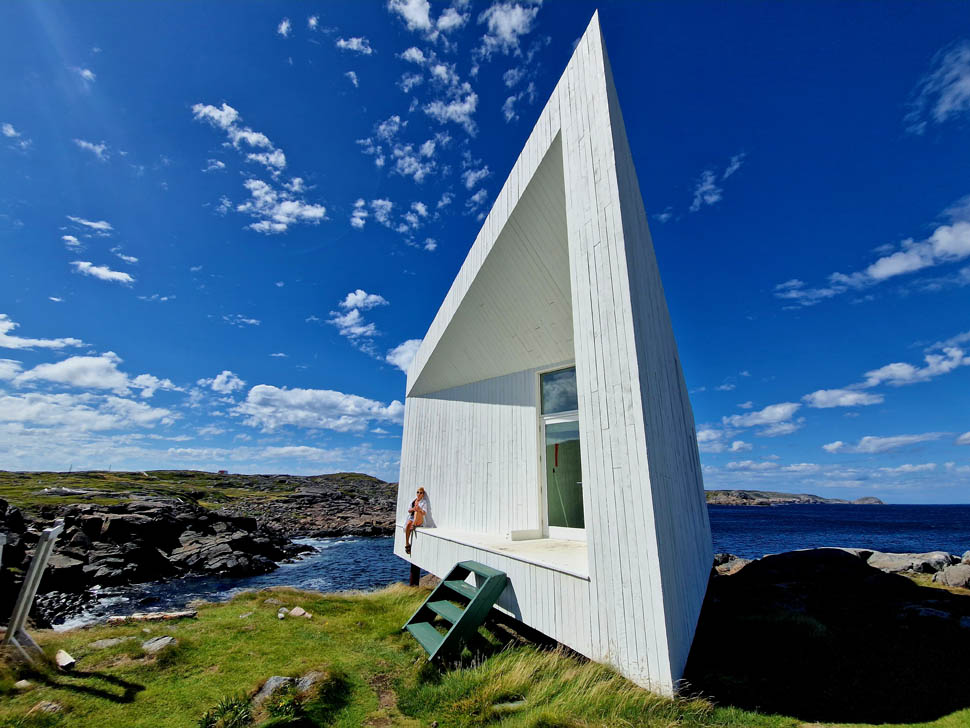
But the island itself hasn’t changed really. It’s still so idyllically locked in time, exposed to all the forces of untamed nature, of crashing waves and seasons that change within a couple of hours. It’s scorching sunny, the sea shimmering so blue, then it suddenly turns into gloomy grey with fog creeping over and thin wooden walls screeching with howling winds. People gather around the wood stoves and sing old Irish songs and talk about the old days.
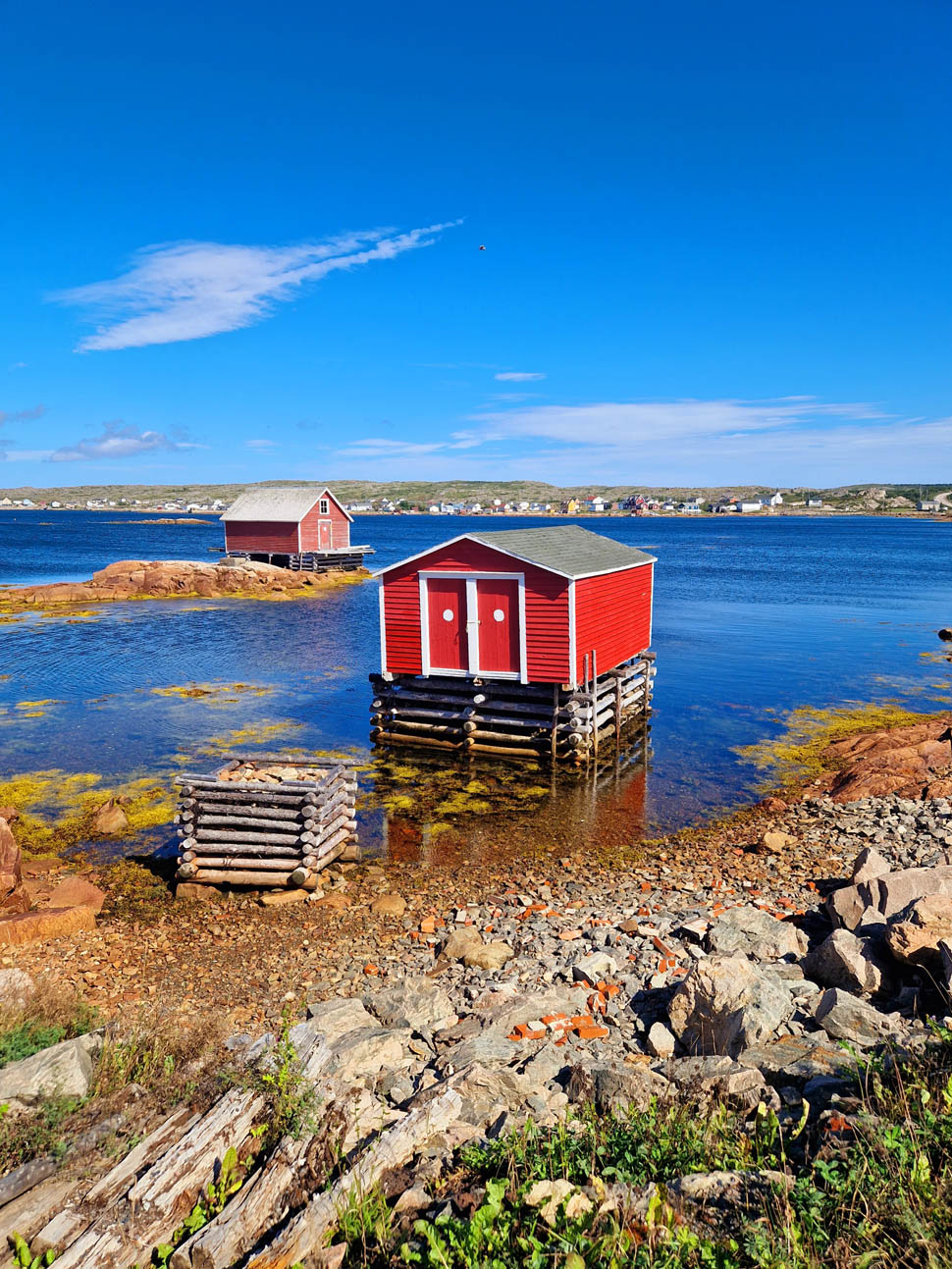
What Fogo Island Inn does so well is it recognizes the charm and allure of the island is exactly that – its rustic, genuine people, the wild unspoiled nature, the traditions, the calm and, yes, the remoteness itself. It’s one of the four corners of the Earth, according to The Flat Earth Society, so that sense of “edge of the world” is very much present.
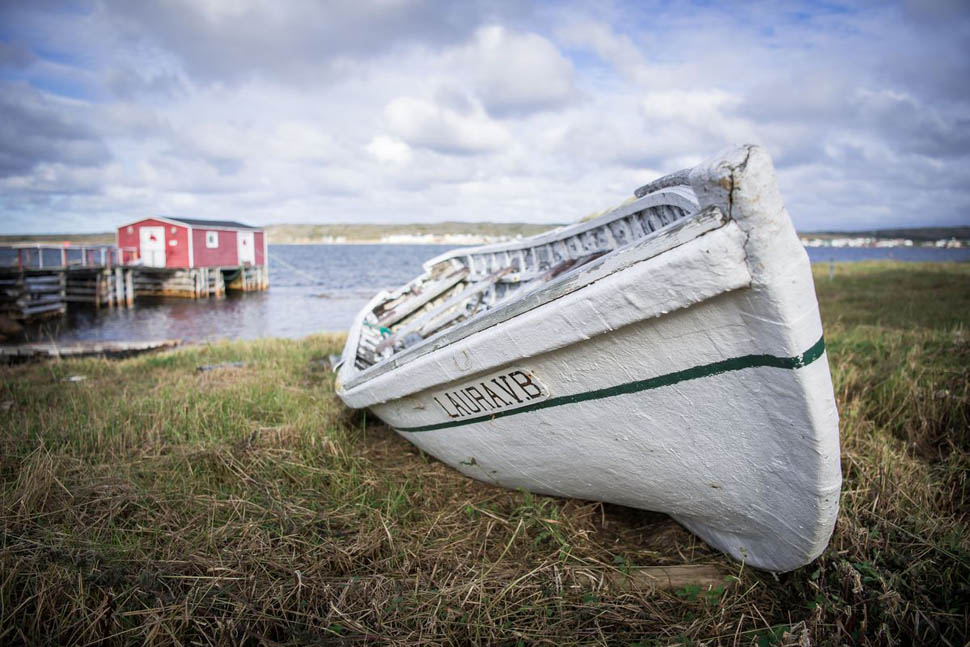
The hotel
Let's not beat around the bush. It's an expensive hotel. Hotel that caters to guests who will spend tens of thousands of dollars to get their peace and serenity. Judging by the prices of Fogo Island Inn, part of the Relais & Chateaux group, and its inclusion among world’s best hotels, you would expect a glitzy retreat for the rich and famous (the Obamas were there, so were the Trudeaus and David Letterman), an out-of-touch gated resort with crystal chandeliers and another caviar-truffle forward restaurant.
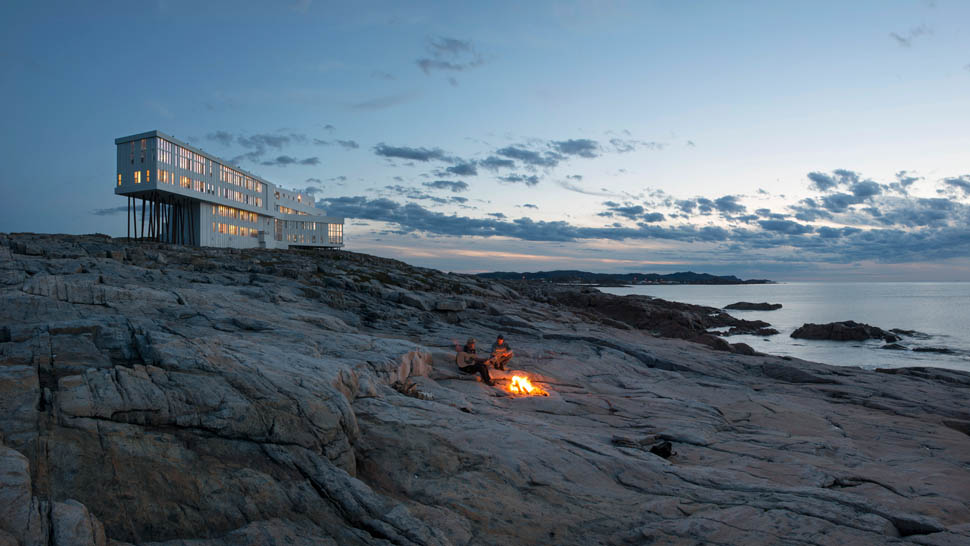
Instead, you get a boutique hotel designed by an acclaimed Newfoundland-born architect Todd Saunders. Fogo Island Inn makes use of its position, designed in the shape of traditional Newfoundland fishing stages, making itself seen, imposing and impressive, paying homage to the history and traditions of this fishing island while at the same time leading it into a new chapter, a necessity really if they didn’t want to be left deserted and forgotten in the ocean. It's one of those quiet luxuries, all in wood, all local material with the furniture and fixtures hand-crafted on the island, quite unassuming and rustic apart from the jaw dropping views over the sea.

The rooms are quaint, with caribou wallpapers, a tiny cast iron fireplace you hear the wind echoing inside and bed covered with colorful patched quilts hand woven by island women. The real luxury here is the view stretching from large floor-to-ceiling windows. The endless blue. There’s nothing to spoil that ocean infinity apart from, on occasion, when in season, icebergs floating in from Greenland, whales breaching or a fishing boat that cuts through the sea.
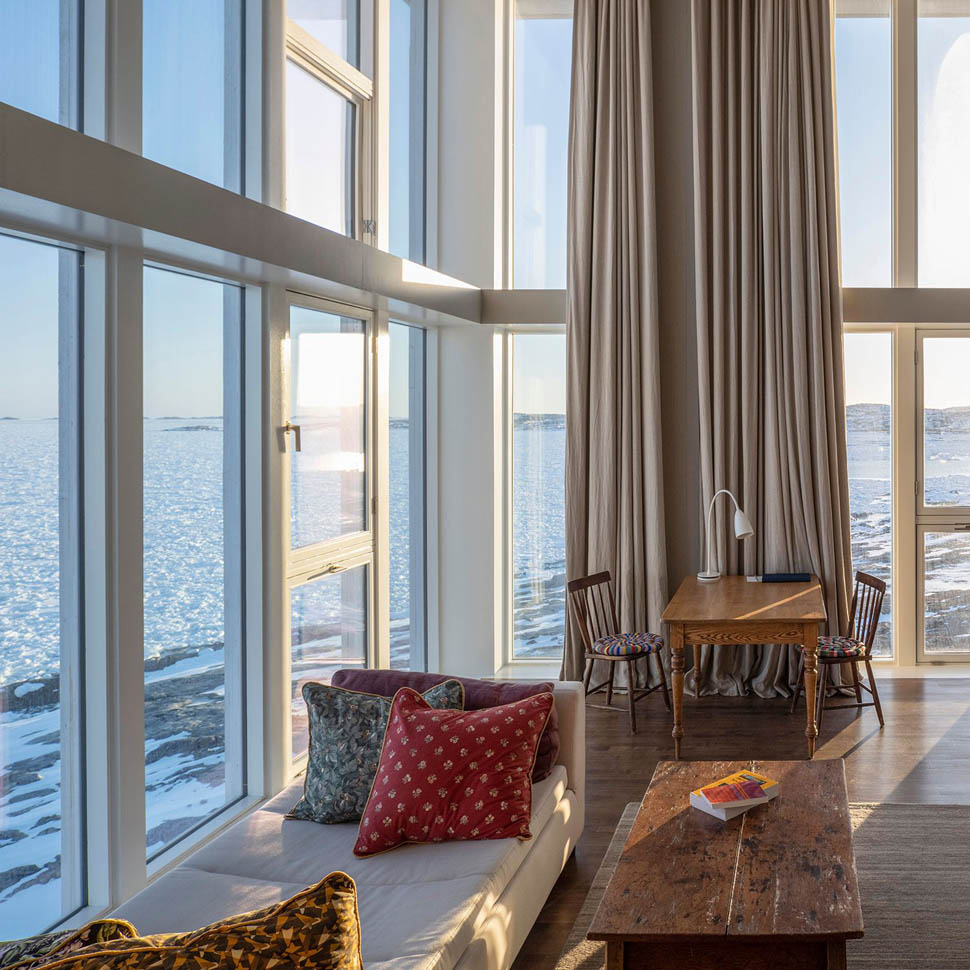
Guests are definitely well-off. But you could never tell. Dressed in sweatpants and fleece they blend in and they are willing to pay top bucks to, perhaps for the first time, “live off the grid”. Unrecognized and unbothered by the islanders, who couldn’t tell apart this journalist from Gwyneth Paltrow, as one of the employees tells me. Sonya is chatty, with strong Newfie accent, born and raised here, the Inn giving her the opportunity to introduce her island to people who come from far away in search of that quiet life so many of the islanders tried to get away from – but now appreciate it once they’ve seen it through a lens of the enamored outsiders. They appreciate it so much that you might even get a ride back to the ferry by the local mayor!
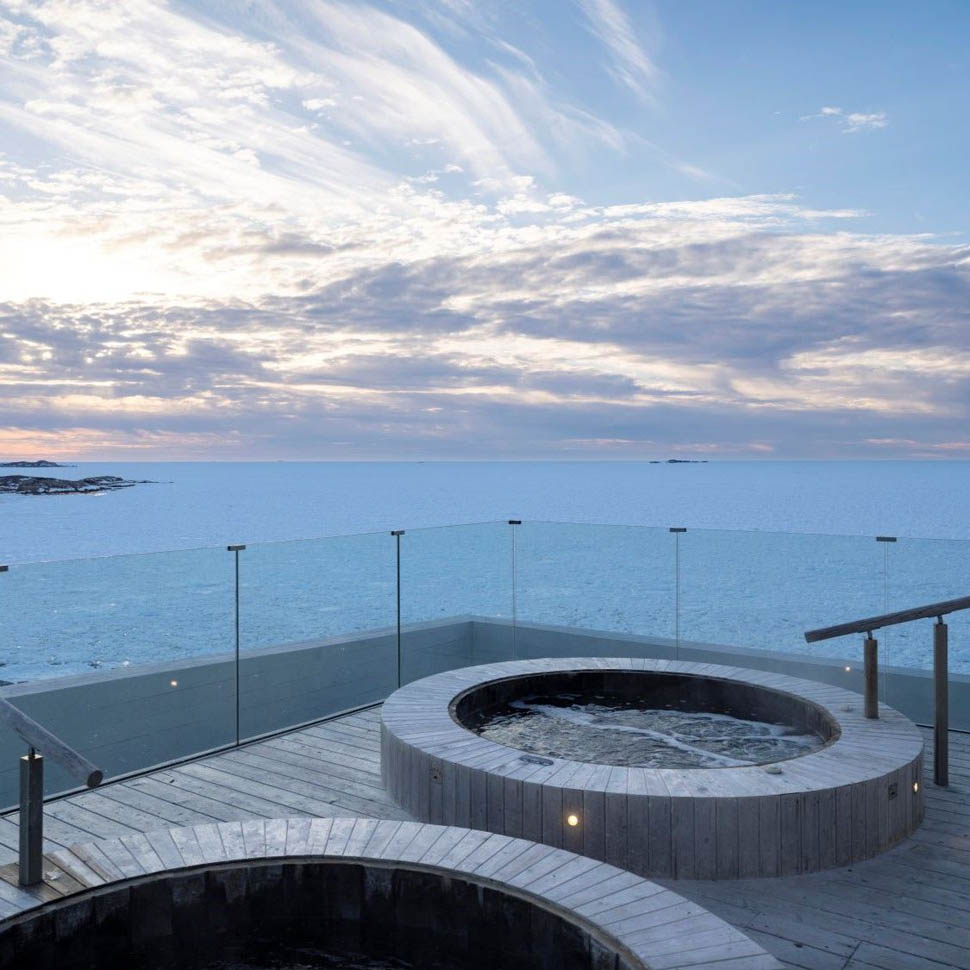
There’s Marie Payne, a retired fisherwoman, the very first female fisherman of Fogo Island. She drives me to Tilting, an Irish community on the East of the island where Irish flags are flying high next to Newfoundland ones and where wooden fishing shacks have green clovers painted on. Marie is one of the locals who drive around guests around the bay. She might stop on the way to take you into the dreamy bogland of endless hikes or to the fishing co-op to see how they cut the tongues and cheeks of cod, their staple. She will take the guests to Islanders’ houses, perhaps there’s an Irish jig they walk in – or they get a hearty meal of salt cod and boiled root vegetables and fried cod tongues, downed with some Screech (rum sold in the province).
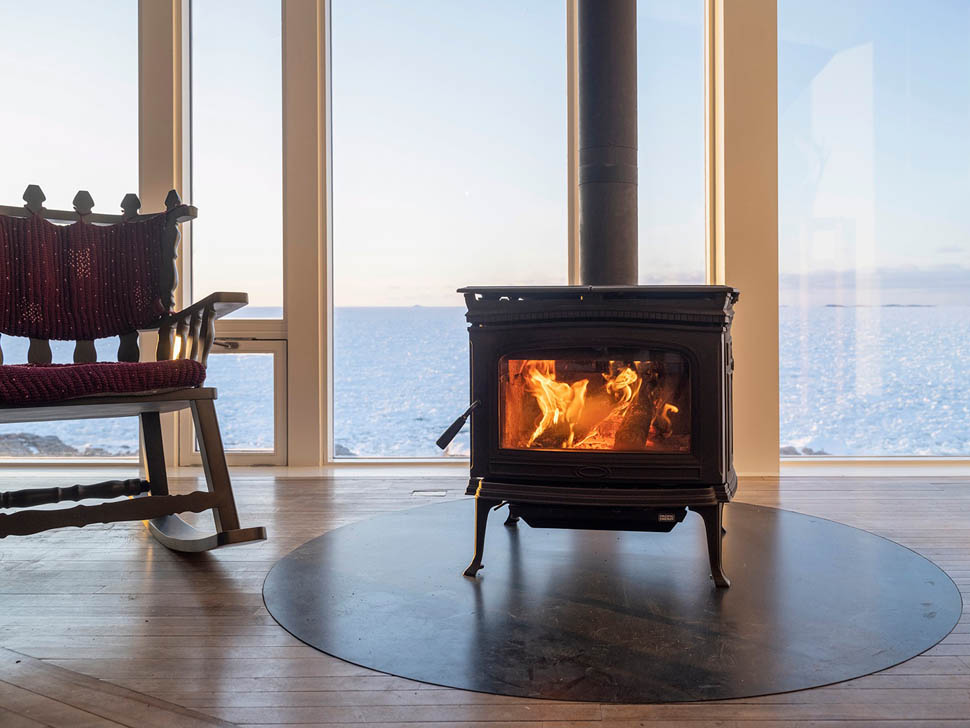
When Fogo Island Inn first opened, they offered every Islander a free stay and set up the hotel as a social enterprise which means that there is no private gain from your stay at the Inn: 100 percent of operating surpluses are returned to Shorefast for reinvestment in further community development work. It also aims to employ locals or retired locals, who are usually all versatile multitaskers like the Fogo Island legend, Paddy Barry - photographer, farmer, musician and – an occasional concierge.
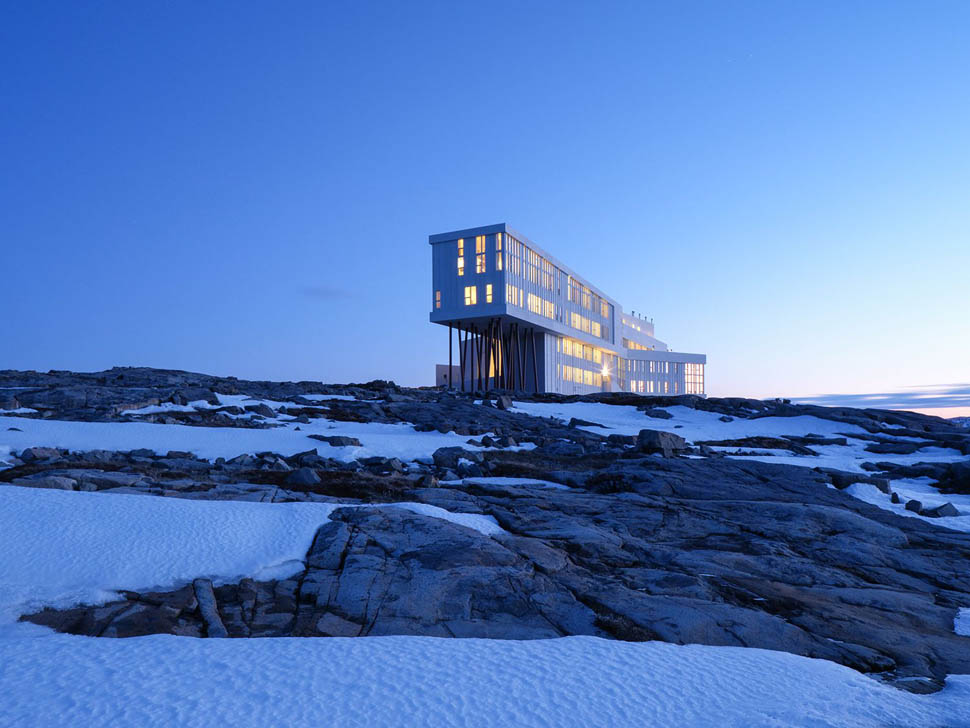
I have been following his photography work on social media for a few years now, capturing Fogo’s magic in his lens – and here he was, opening the door for me and carrying my suitcase. In the evening, after dinner, he picked up his guitar and played a set of old Irish songs as the bar staff was picking up last cocktail orders. Newfoundland seaweed gin mixed with kelp brine, juniper smoke and a big chunk of iceberg ice.
The kitchen
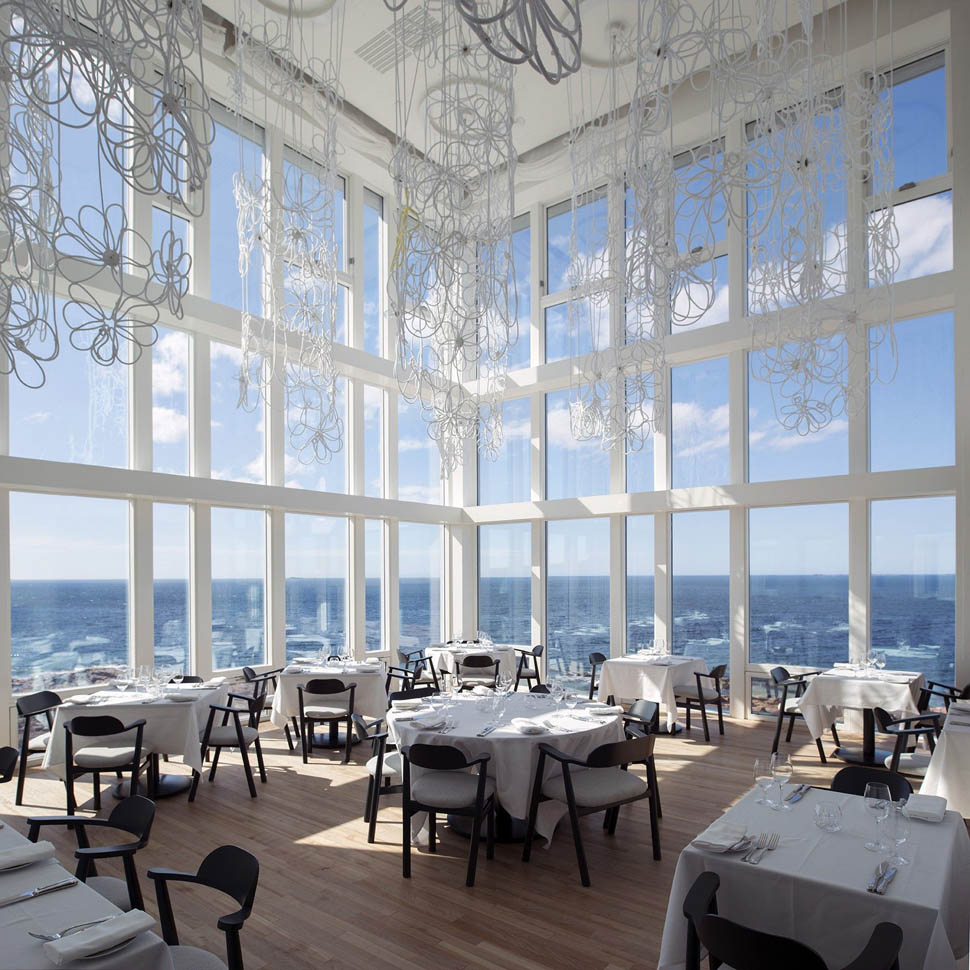
The cuisine of chef Timothy Charles who has been at Fogo Island Inn since the very beginning, reflects that microlocal philosophy as well. Unassuming, very pure and almost poetic dishes focusing on prime ingredients from these parts and paying the utmost respect to the island and its produce. Newfoundland cuisine is not exactly something you would have heard of. It’s a province where the snow often lingers on until June, a province where the first frost comes in before the fruit trees could actually bear fruit, a province built on flaky cod and chunky root vegetables.
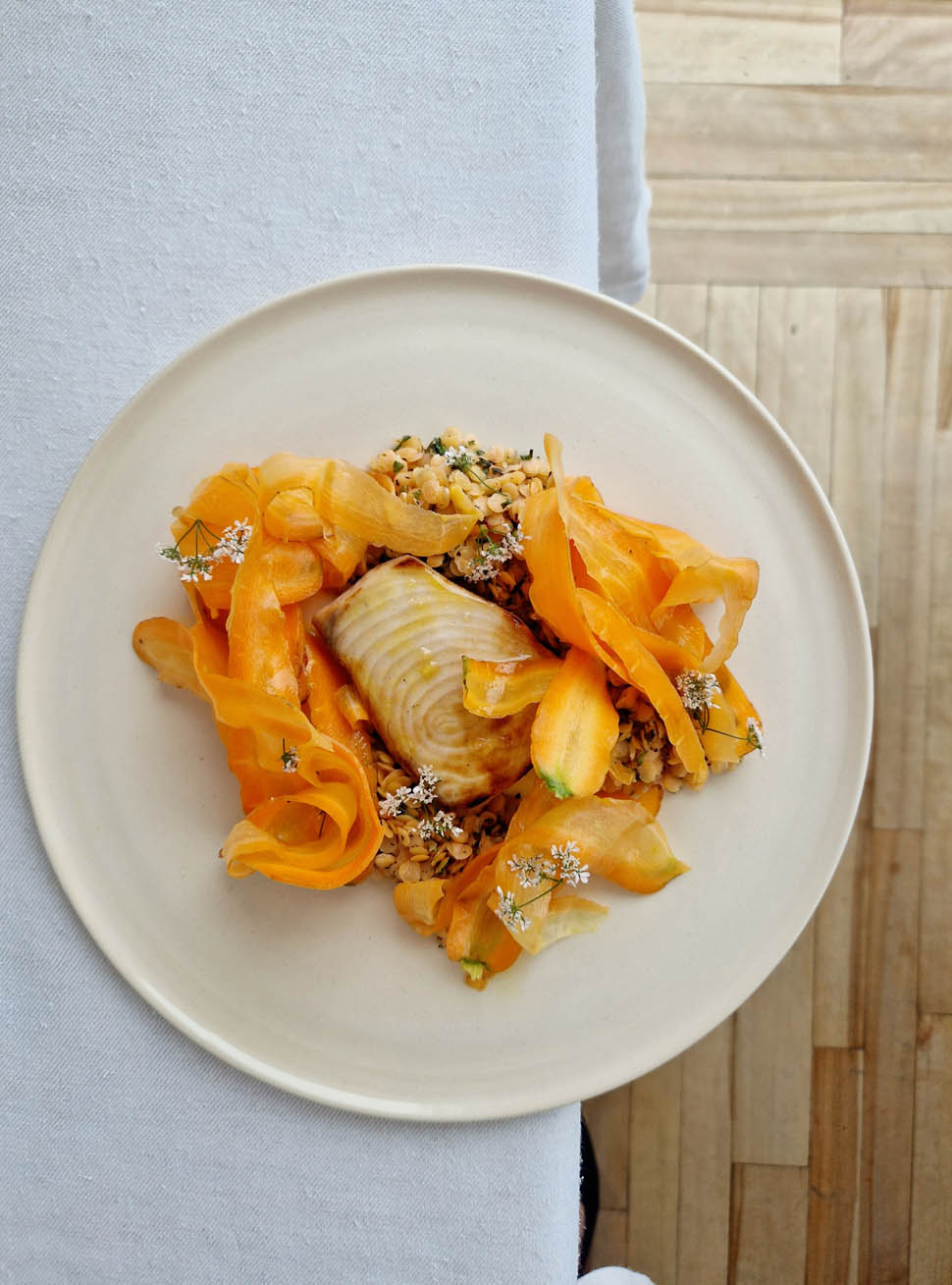
But there’s some incredible ingredients to be found here, mostly seafood that rivals that of Japan (actually, a lot of it is being shipped to Japan), the sweetest ice shrimps, the silky snow crab, tuna and swordfish and halibut, line caught squid and, of course, the mighty cod. Then there’s wild game, everything from moose and caribou to bear and partridge, a very local protein that is seal (an acquired taste) and excellent lamb with slightly salty and herbal taste. The berries are so abundant they have their own festival here on Fogo, an array of different levels of tart and juicy, from blueberries to partridgeberries, from snowberries to cloudberries.
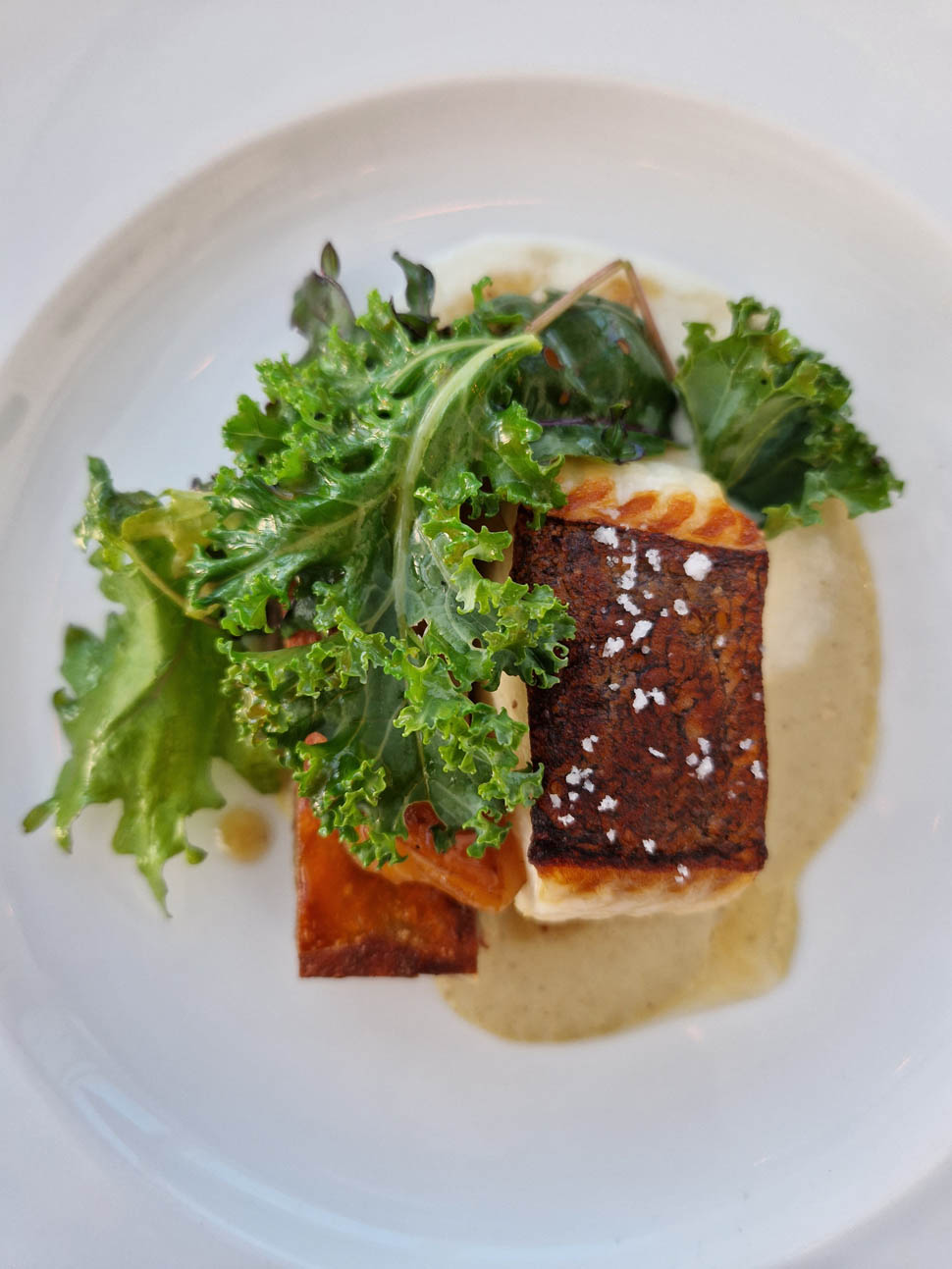
The menu is Fogo Island Inn is divided into different seasons and in Fogo they claim they have seven – Winter, Pack ice, Spring, Trap berth, Summer, Berry and Late Fall. Move over, Noma! Rene Redzepi might almost become jealous (or come up with a Noma pop-up on Fogo) if he peeked inside Charles’ pantry – blueberry vinegar, Labrador tea vinegar, Spruce tip vinegar, currant wood oil, salted capelin... All kinds of pickled mushrooms and mushroom garums, greens from up-and-coming regenerative farms across Newfoundland, carcasses of moose and sheep stretched out in the cooler, fermented roots and fresh chamomile blossoms used for the dessert that week, beets and kale from the small wind-swept garden patches around the island.
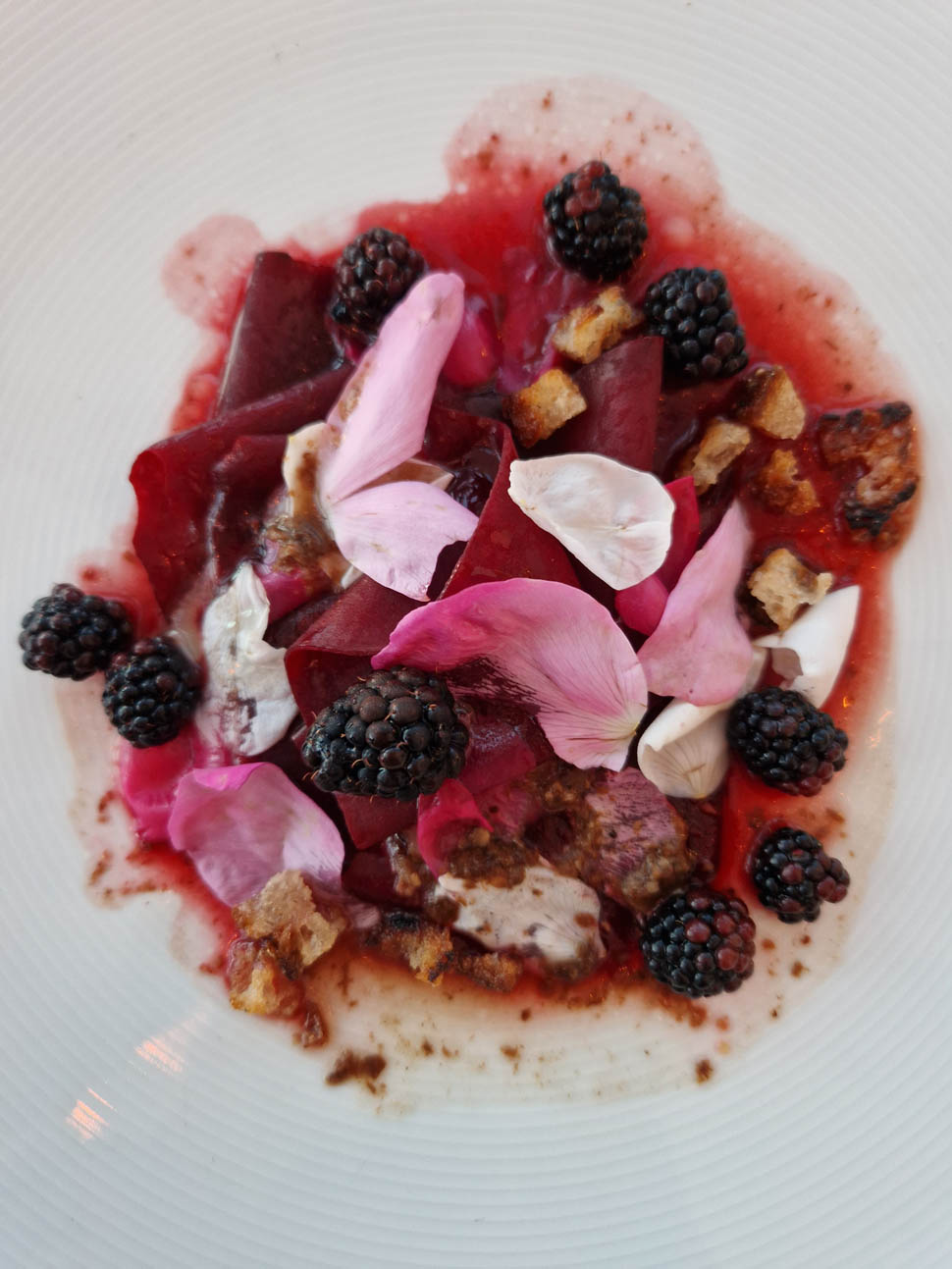
Menu changes daily, partly because of the afore mentioned unpredictable nature, partly because Fogo Island Inn mainly caters to hotel guests and there’s a 4-night minimum stay to really get the feel not just for the property but for the island and island pace itself. And the more often you gaze through those huge dining room windows that go all the way up to the roof, the more you feel serenity overcoming you and the more you are pushed into the island rhythm. Charles is in charge for all the menus, including the breakfast one where that day we were given a choice of seafood chowder with lobster and lobster mushrooms, rye bread toast with chanterelles and poached egg or sourdough pancakes with sea buckthorn jam.
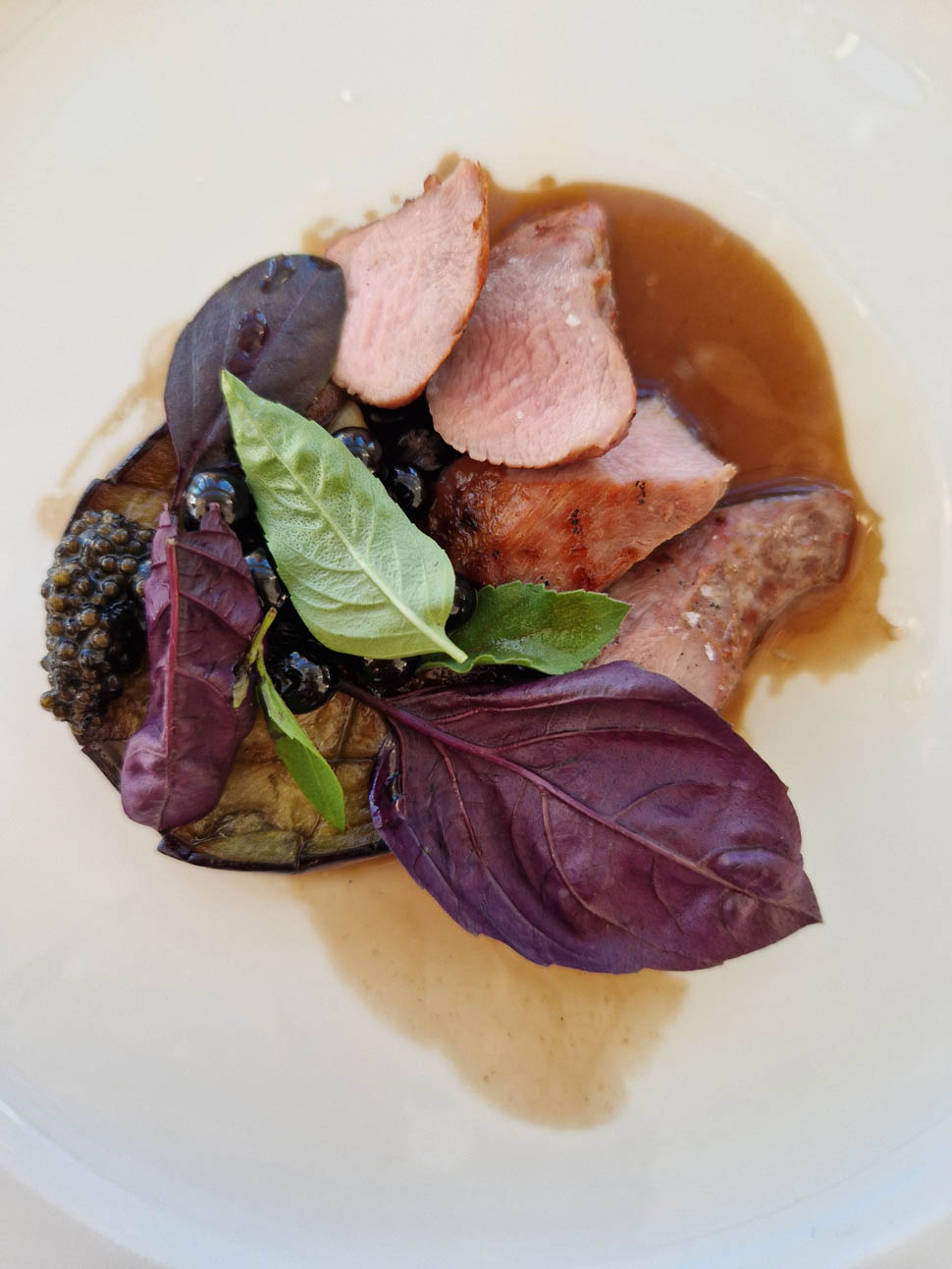
If you don’t feel like eating a fine dining meal every evening, guests can opt for a “Crab shed” dinner, “shed” being used here very understatedly given it’s another Todd Saunders designed building attached to Fogo Island Inn property where you can get a more casual dinner of – you guessed it, crab. It can also get pretty lively in the shed where local musicians and story tellers keep the diners company. Just a stone throw away from the Shed is a tiny cemetery, set on a ledge right above the coast. The wind picks up and howls and at one point you feel like you are going to fly right over that ledge. Welcome to the end of the world.
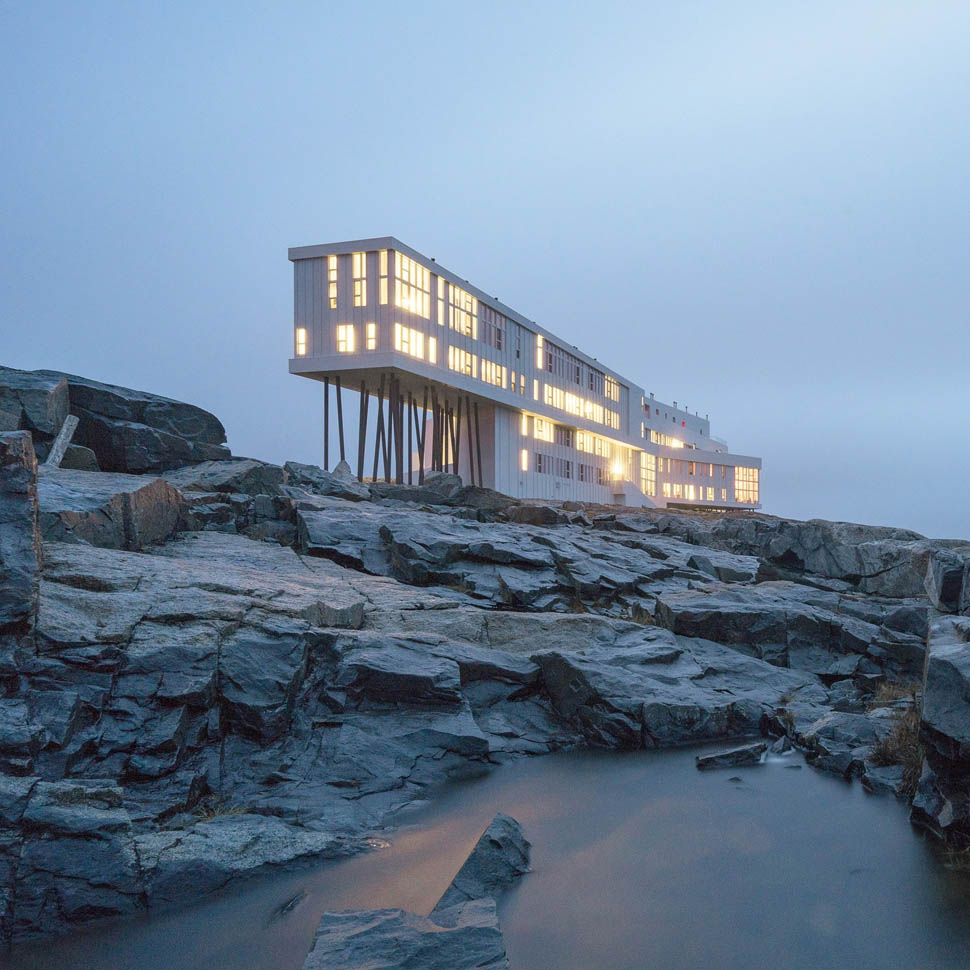
Contacts
Fogo Island Inn
210 Main Road- Joe Batt's Arm- Newfoundland, Canada A0G 2XO
International bookings: +1-709-658-7260
